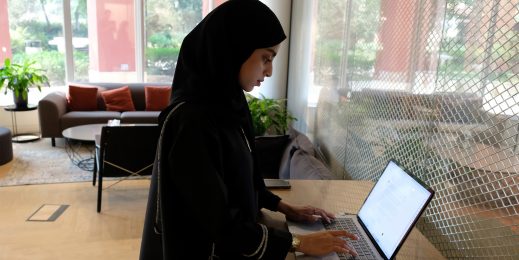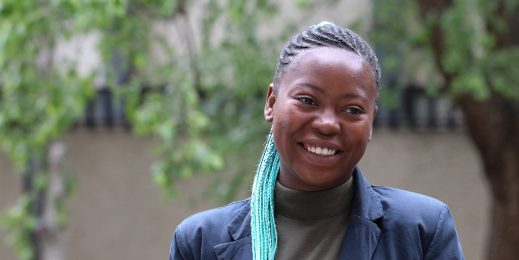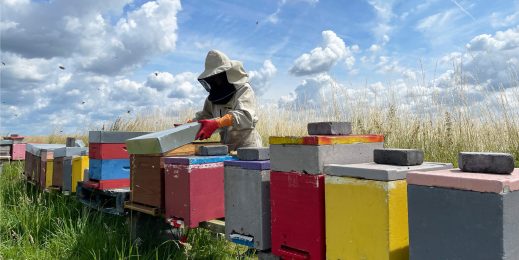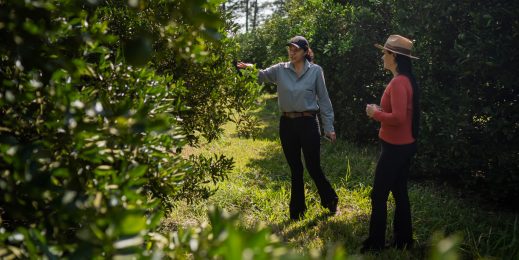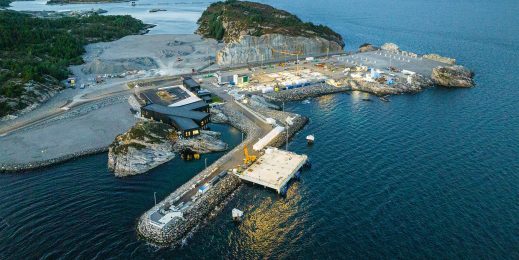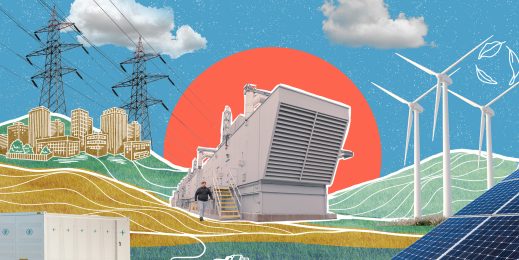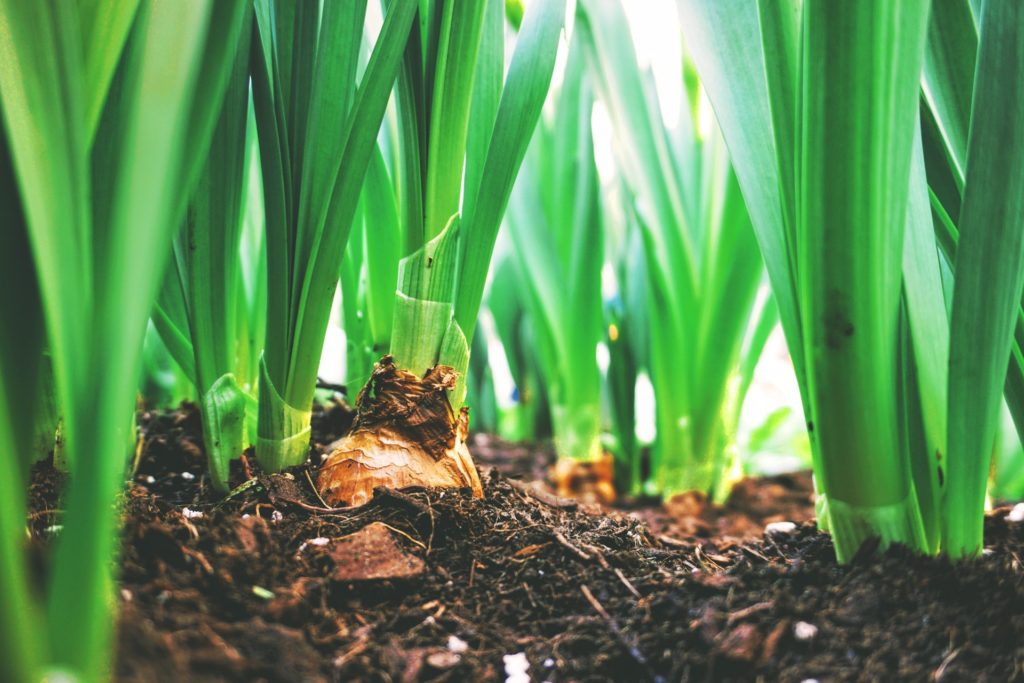
How AI and satellite data are helping farmers waste less water
Almost 12,000 years ago, the first seeds of agriculture were, quite literally, planted, resulting in a dramatic growth in human population.
Today, as before, agriculture is heavily dependant on water. As global temperatures rise however, we are seeing an increase in water risk, making improved water management vital to agriculture sustainability.
Major droughts around the world have affected agricultural production, while other extreme weather events such as floods or tropical storms, are also increasing. Thankfully, there are groups working on solutions to help overcome these challenges.
One such organisation is DHI GRAS – a Danish advisory and research organisation that has developed a solution to help farmers reduce water consumption when watering their fields.
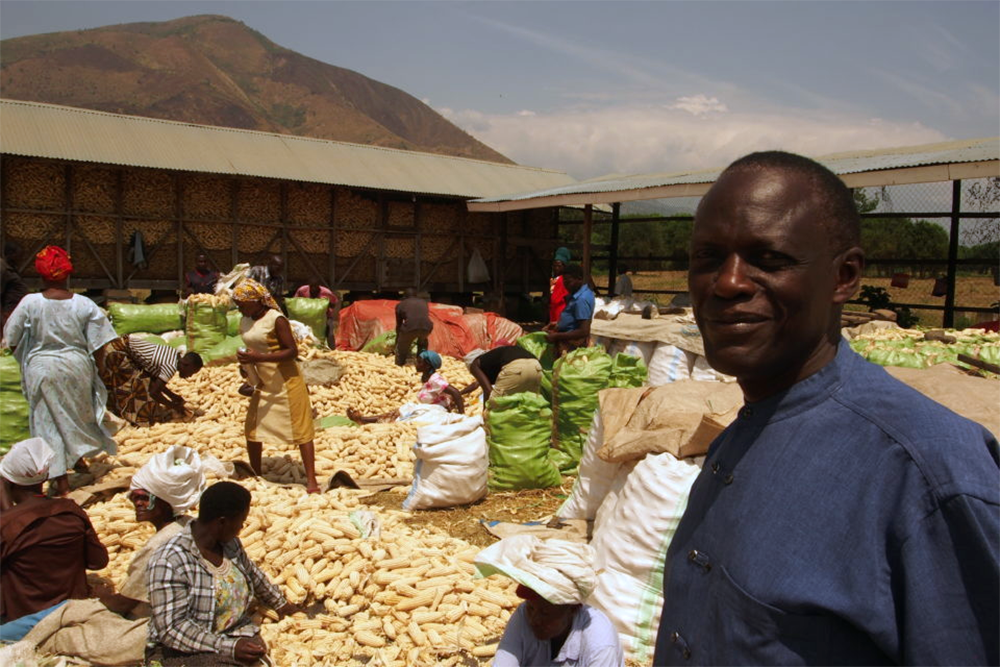
A birds-eye view
The company’s solution allows farmers to accurately measure how much water crops emit in evaporation and, therefore, how much water the fields need. This is accomplished by using thermal and optical satellite data, which is then combined with meteorological data.
This data is then used to feed an artificial intelligence (AI) algorithm, before advising farmers on the correct amount of water they need to use. As a result, over-watering is reduced, increasing efficiency and reducing water waste.
“In many parts of the world too much or too little water is used in agriculture because it is difficult for farmers to assess the real water needs,” says Torsten Bondo, Business Development Manager in DHI GRAS. “This may be the case, for example, on avocado fields in Mexico, cotton fields in India or with farmers in areas of Africa who often do not have the same access to good basic data and knowledge as we have in Denmark. Our ambition is to ensure better crops that can feed more with the least possible water consumption.”
In many parts of the world too much or too little water is used in agriculture because it is difficult for farmers to assess the real water needs
Supported by Microsoft and National Geographic
Together with 10 other organisations and universities worldwide, DHI GRAS received a grant from Microsoft and National Geographic in December 2018 to further develop its technological solution.
The grant is provided as part of Microsoft’s AI for Earth program, which aims to support sustainable projects where artificial intelligence is a key element.
DHI GRAS’s solution is now being tested on an approx. 2,000 hectares of agricultural area in Uganda, and the first results are very positive – it estimates that water consumption in the tested area can be significantly reduced, with many positive repercussions for the in the area.
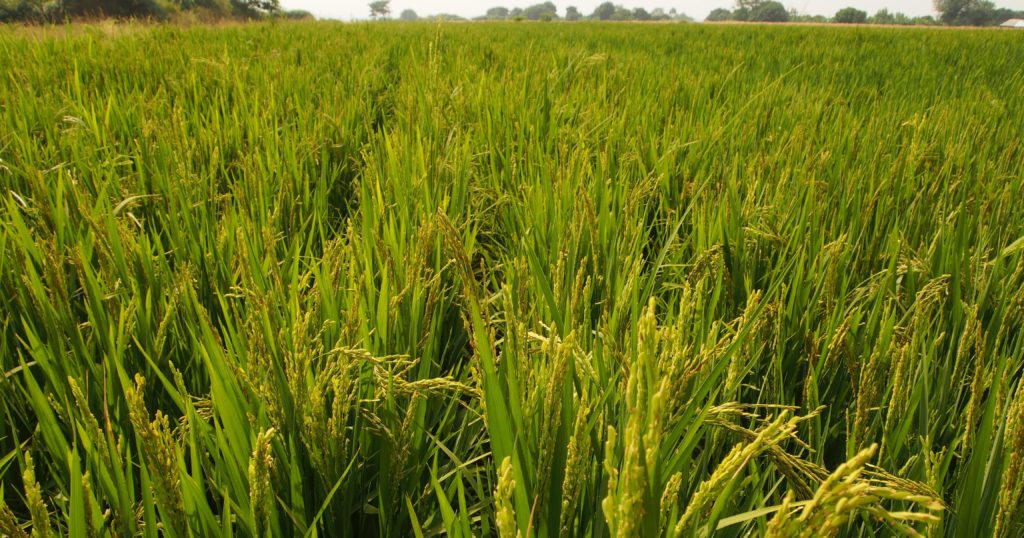
Spreading the globe
One of the main aspirations of the project has been to give as many people as possible access to technology to meet one of the world’s biggest resource problems. As a result, DHI GRAS will not keep the solution to itself. The algorithm is freely available to use, so that it can be widely utilised and scaled in other parts of the world.
“The solution is unique because it can be scaled to most of the world, so farmers can save on water consumption. That’s why Microsoft sees huge potential in the technology. It can be crucial at a time when barely a billion people in the world lack clean drinking water, and we are proud that the solution has been created in Denmark, ” says Nana Bule, COO of Microsoft Denmark .






